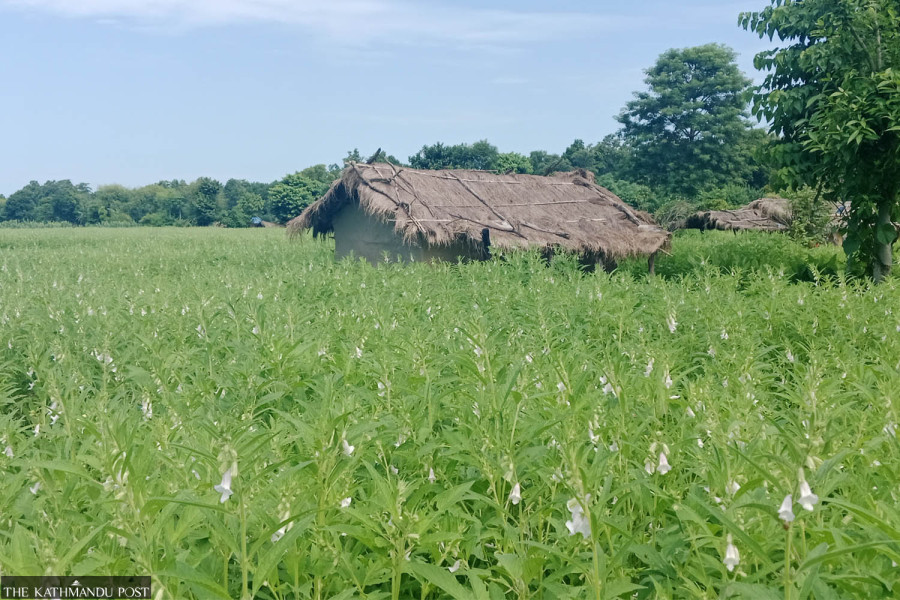Editorial
At nature’s mercy
Quick action is needed to rehabilitate those displaced by Shuklaphanta reserve’s expansion.
From 1977 to 2007, in the process of expanding the Shuklaphanta Wildlife Reserve, now a national park in Sudurpaschim Province, thousands of families were displaced. The Ministry of Forest and Environment rehabilitated 5,200 families in camps inside the park, quite close to the wildlife. Citing safety concerns, over the past 22 years, hundreds of families have sought a way out of the national park. Yet they don’t know where to go or what to do next. Shuklaphanta is an example of a recurring national problem. Every year, disasters, both natural and manmade, leave thousands of Nepali families without proper shelters. Seldom has the state taken an initiative for their quick and proper rehabilitation.
What’s at stake is the security and well-being of the displaced people. Temporary shelters and settlement areas are not as protective as permanent ones, leaving those displaced from Shuklaphanta vulnerable to the attacks of wild animals and other natural calamities. Dealing with wild animals in the national park has become a daily struggle. And their settlement in the conservation area has also proved detrimental to wildlife. Following last year’s Jajarkot earthquake, hundreds of families had to put up in temporary huts. Come monsoon, things only got worse, holed up as they were in their leaky tents. Lest we forget, during winter, many earthquake victims died due to cold. Pretty much the same could now be true in the case of those displaced by the wildlife reserve.
Over the years, multiple judicial commissions—33 in total—have been formed in Sudurpaschim province to address the Shuklaphanta rehabilitation issue. Yet none has done anything substantive other than count the number of displaced families—1,480 of them. But a coordinator for the displaced families claims the number is 2,473, accusing the commission of deliberately downplaying the number of the displaced. Similar inefficiencies plague disaster rehabilitation efforts across the country. Discrepancies in government records and actual numbers often result in relief materials either failing to reach the needy or piling up unused. As concerning is the disappearance of funds meant for rehabilitation programmes. Even after the 2015 earthquake, many donor agencies were concerned that corruption would hamper rebuilding—and it did.
The 30th commission in Shuklaphanta proposed to provide each displaced family with 0.338 hectares of land or Rs6 million in compensation. But that recommendation was never seriously considered. As a result, the victims have long lost faith in these commissions. It is thus vital that any new initiative be taken only after gaining the victims’ trust.
Rehabilitation of course isn’t something that can be done in haste. It takes time and thought-out measures. Yet proper rehabilitation is seldom the state’s priority, as those in the government prefer to try out much easier temporary fixes rather than rigorously work on the same issue for months or even years on end. The displaced individuals, who are already mentally and physically traumatised, shouldn’t have to suffer more. Each and every Nepali has the constitutional right to live with dignity and it is the state’s responsibility to ensure the same. Really, a government that is incapable of looking after its weak and vulnerable people does not deserve to be called democratic.




 7.12°C Kathmandu
7.12°C Kathmandu












%20(1).jpg&w=300&height=200)

